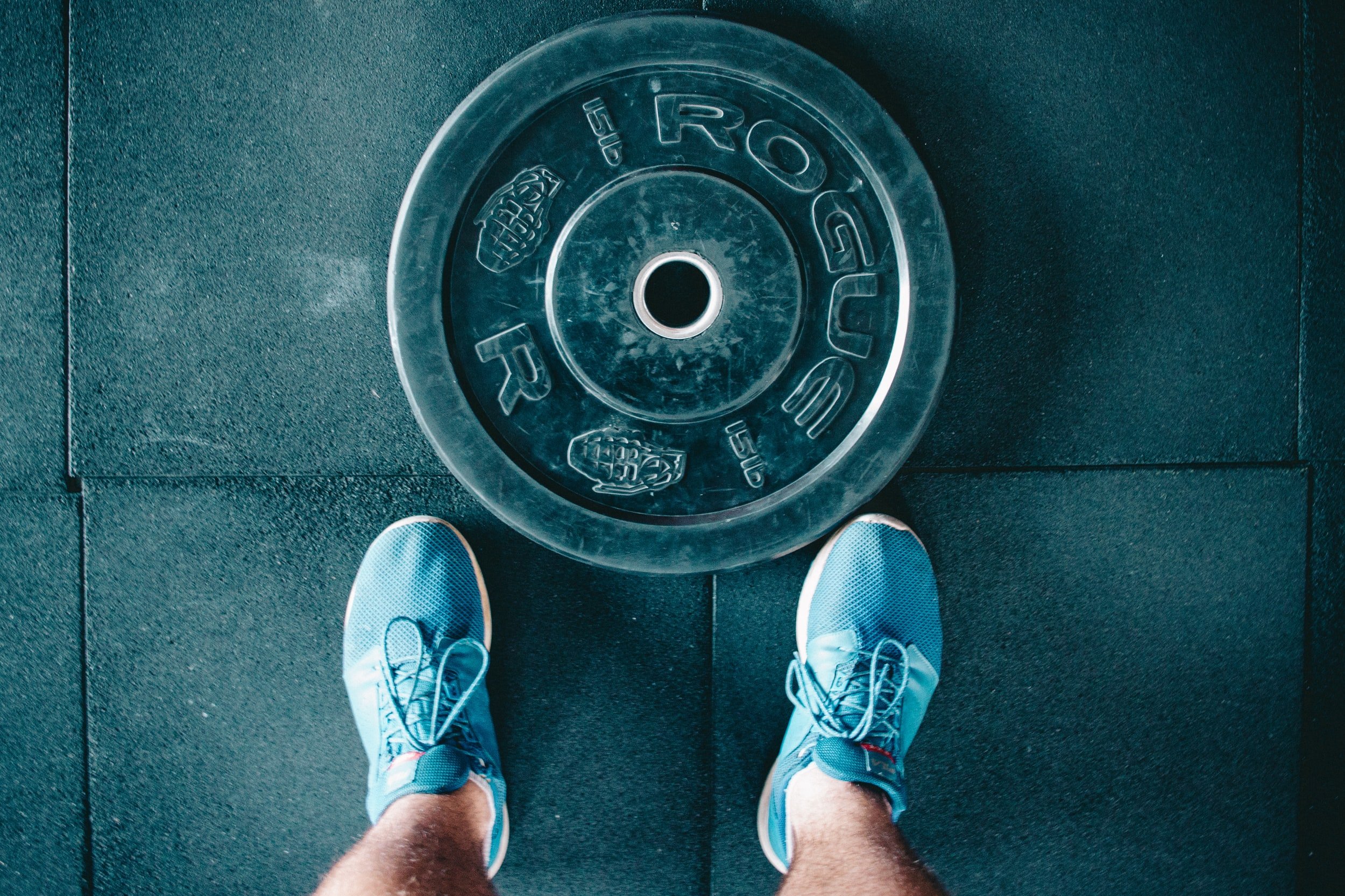5 Benefits of Strength Training that Go Beyond “Looking Toned”
Although strength training does not always increase your heart rate to the same degree as cardio exercise, there is just as much benefit that you can experience by practicing it consistently. More often than not strength training is associated with changing how the body looks on the outside, but many benefits go beyond what we see on the surface.
Sitting... It's the new smoking.
The next question I would like to ask you is— how much time during the day do you find yourself sitting? Recent statistics from the American Heart Association show that sedentary jobs have increased by a whopping 83% since 1950. As a result, physically active jobs in the U.S. now make up less than 20% of the workforce. Let me put these numbers into perspective for you… the average office worker sits for more than 10 hours daily. Sitting for more than 10 hours a day can significantly increase your risk of heart disease, diabetes, cancer, and other serious conditions.


